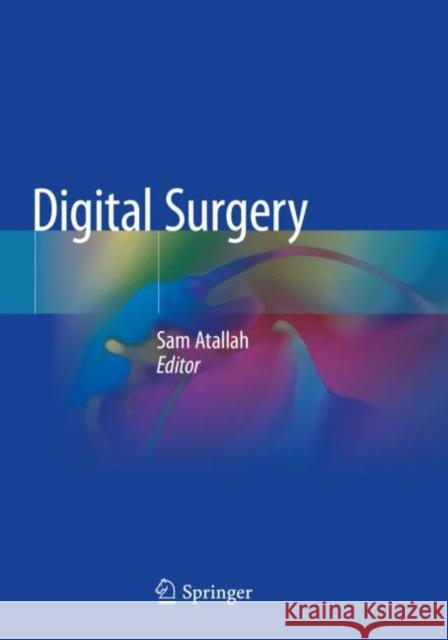Digital Surgery » książka
topmenu
Digital Surgery
ISBN-13: 9783030491024 / Angielski / Miękka / 2021 / 439 str.
Digital Surgery
ISBN-13: 9783030491024 / Angielski / Miękka / 2021 / 439 str.
cena 535,99 zł
(netto: 510,47 VAT: 5%)
Najniższa cena z 30 dni: 535,99 zł
(netto: 510,47 VAT: 5%)
Najniższa cena z 30 dni: 535,99 zł
Termin realizacji zamówienia:
ok. 20 dni roboczych.
ok. 20 dni roboczych.
Darmowa dostawa!
Kategorie BISAC:
Wydawca:
Springer
Język:
Angielski
ISBN-13:
9783030491024
Rok wydania:
2021
Wydanie:
2021
Ilość stron:
439
Waga:
0.78 kg
Wymiary:
25.4 x 17.78 x 2.36
Oprawa:
Miękka
Wolumenów:
01











